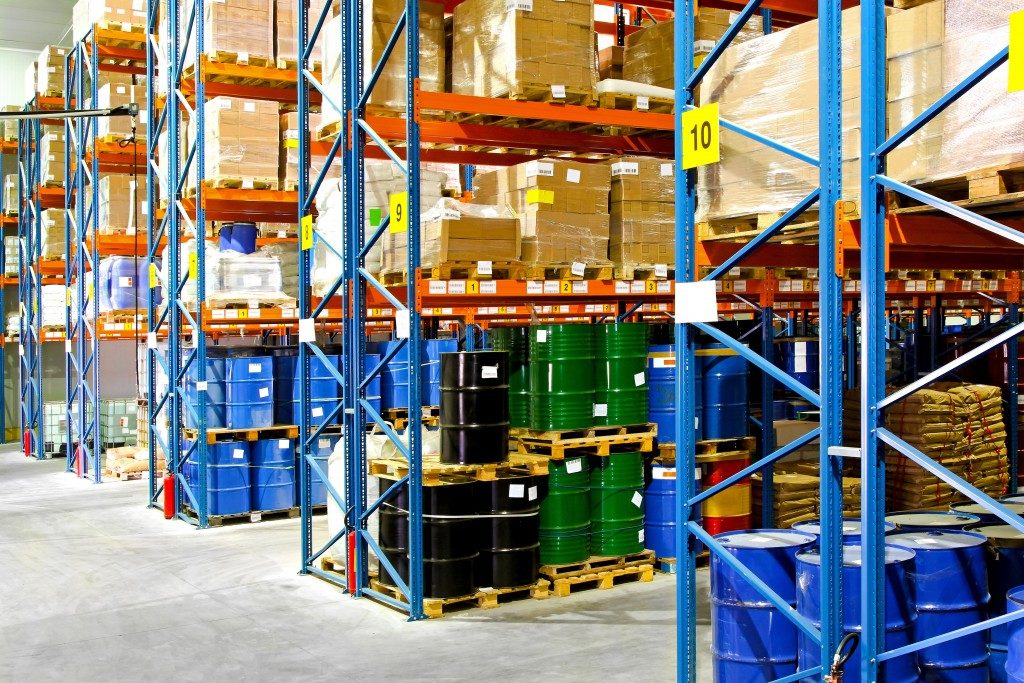Raw materials are among the most essential components in every manufacturing firm whether it’s in food and beverage processing, electronics, or furniture manufacturing. They also contribute a huge part of the overall production cost and, subsequently, its selling price. However, in a competitive market, it’s essential for companies to keep the prices of their products at a reasonable price; there’s a need to keep the price low enough in order to compete with their competitor’s product and pricing while still keeping a decent mark up in order to stay profitable.
As such, one way to remain competitive and profitable is by lowering the cost of raw materials used in the production without sacrificing the quality of the finished product (as it could lead to a decline in customer satisfaction and sales). Luckily, there are strategies and tricks that a manufacturer can utilize in order to do so.
#1 Negotiate With Your Current Suppliers
The most straightforward way to achieve this goal is by negotiating with your raw materials suppliers to give you a better deal or lower price for your products. Long-time suppliers are more likely to offer you better deals in order to keep doing business, so don’t be afraid to haggle. Other suppliers may require you to provide them with a better offer such as larger quantities or deposits for the orders. Alternatively, you can also look for other suppliers that sell the same raw materials, or hire a commodity broker to find the best deals on your behalf.
#2 Substitute With Better and Cheaper Raw Materials
You may also want to take a look at the current raw materials you’re using in production and look for similar or better materials that can offer the same (or better) quality at a lower price. This can be tricky, especially for those in the food and beverage processing companies as a change in raw materials may result in subtle yet still noticeable changes that long-time customers may not be in favour of — so it’s best to do research and trials such as taste testing with focus groups with the new formulation. If a trade-off can’t be avoided, it’s important to capitalize on what’s new (e.g. market the beverage as having a new improved taste and is a lot healthier).
#3 Review Your Manufacturing Process
Another effective way to address the need for raw material cost reduction is by taking a look at your current manufacturing process. A thorough technical review may show that you’re using more raw materials than needed and that the process is producing more manufacturing waste. Optimizing your manufacturing process won’t only reduce the use (and the cost) of raw materials, but it can streamline production, and also lower the cost of waste handling and waste management.

#4 Recycling and Taking Advantage of Reverse Logistics
Recycling is a good way of reducing the amount of new raw materials to be used in manufacturing, but it may require a lot of technical expertise depending on the product being manufactured and the technology being used. You can take advantage of reverse logistics (the return of products from customers for disposal or repair) and re-use certain components back into production. You can even reuse raw material such as water through industrial water purification systems which can lower costs while also promoting sustainability.
#5 Bartering Surplus Supplies
This may sound uncanny, but certain companies actually end up trading raw materials that they have in surplus with their competition (or companies that use similar materials). You can also try buying raw materials through liquidators and similar trading platforms as they often sell surplus raw materials and product components from other companies.
The Bottom Line
These strategies simply show that, although difficult, it’s still quite possible to reduce material costs without having to sacrifice the quality (or quantity) of the finished product.

